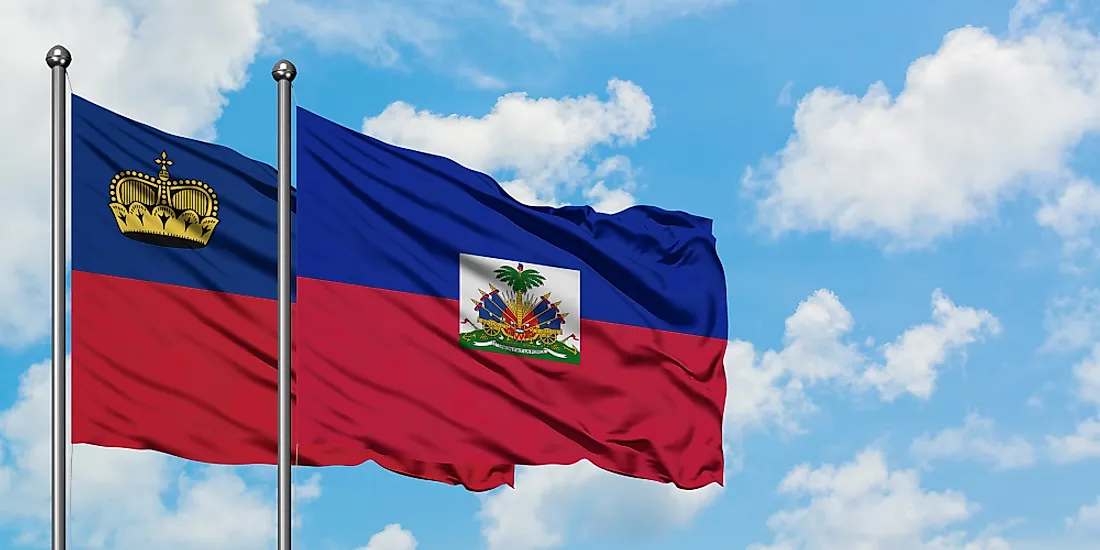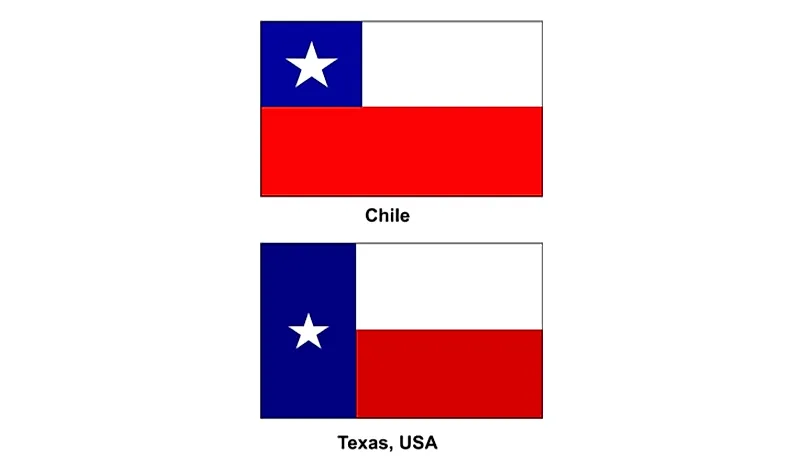The capital of Ecuador is Quito, which is located in the Guayllabamba river basin in the northern mountain region of the country. This city is surrounded by volcanoes, which emit smoke and ash. At 9,350 feet above sea level, Quito is the highest official national capital in the world. Additionally, it is recognized as the closest to the equator. Quito was founded at its current location in December of 1534 and became a Spanish administrative district in 1563. It has remained the capital of Ecuador through the colonial era and the independence movement. Additionally, it serves as the provincial capital of Pichincha.
Within the city limits, Quito has a population size of 2,671,191 individuals. The entire metropolitan area, however, is much larger with a population size of approximately 4.7 million. This number of inhabitants makes Quito the second most populated city in Ecuador, with Guayaquil being the largest. Ecuador is unique in its urban population growth in that it has been shared between two cities, rather than one as seen in most of Latin America.
Quito is a major tourist attraction in Ecuador, known for its well-preserved historic center. Its historic center is believed to have undergone the least amount of changes in Latin America and has also been declared a UNESCO World Heritage Site, one of the first in the world. Tourists here enjoy a number of museums, including the: Metropolitan Cultural Center, City Museum, Casa de la Cultura, and Colonial Art Museum. One of the most popular activities in Quito is riding the teleferico to the top of the mountain (12,000 feet above sea level) for spectacular views across the city. It also serves as an excellent starting off point to visit the line of the equator, which lies approximately 45 minutes outside of Quito.
Quito is located in the subtropical highland climate, which is characterized by mild summers and relatively dry winters. Its high elevation helps keep the city cool all year round. The average annual temperature in Quito is 65.7° in the afternoon, with a record high of 91.4° fahrenheit in January and a record low of 36.5° fahrenheit in November and December. Quito receives an average precipitation rate of 43.23 inches per year. March and April are considered the wettest months, while July and August are the driest.
This page was last modified on May 1st, 2018
More on Graphicmaps

Published on 2019-11-06
What is a Trade Embargo?

Published on 2019-11-04
Which Two Countries Used to Have the Same Flag?

Published on 2019-09-16
What Is the Only Two-Sided State Flag?

Published on 2019-09-16
Which Country Flag Looks Like the Texas Flag?

Published on 2019-08-29
Flags That Resemble the US Flag

Published on 2019-08-20
